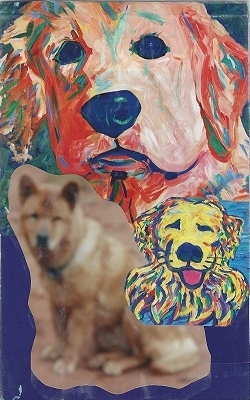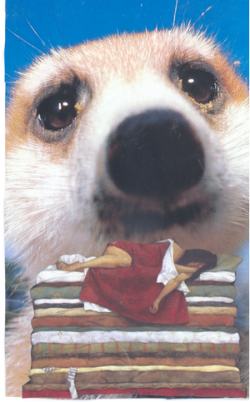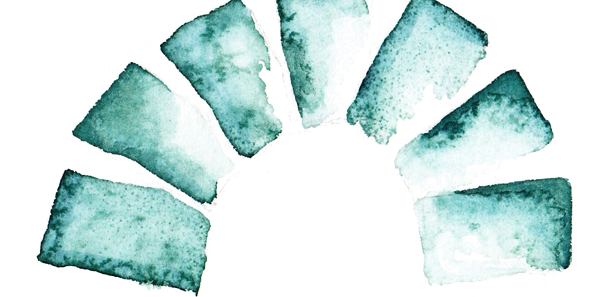This blog strives to illustrate either:
1) how we are operating from the old paradigm or set of beliefs, where we can get stuck, resist change or act from a vibration of fear, lack, limitation, competition and separation.
OR
2) Conversely to illustrate how some individuals and entities are operating from the qualities of where we are going, moving toward. These qualities include community, unity and value complexity, relationship, wholeness and interdependence.
We are in the middle of a shift, in our galaxy, globe, country and culture. It feels chaotic because the old is breaking down in every area (economy, health, education and environment for example) while the new is yet to be mainstream. Where we choose to focus makes all the difference possible. Those hanging on the old and stuck in fear will not be creating the new as you cannot create solutions and “allow” movement forward AND resist at the same time. Change will only come from those willing to vibrate something other than any expression of fear.
And when you do focus on where we are going, the “window” or perspective you have changes how you experience events, relationships, our world and this shift. The quality of questions you ask increases and you find solutions, allow new ways, create collaborations to develop solutions. You don’t fight the old but create the new in such a way it is a no brainer to follow as the old crumbles. When enough of us awaken to this higher vibration, the shift will be complete and what we see and experience in the world will be better than we could ever imagine.
June 21st Article is:
Why Bambi Must Go
By DANIEL CRISTOL
Williamsburg, Va.
THIS month is the peak of spring bird migration, when New Yorkers flock to Central Park, craning their necks to catch a glimpse of refueling warblers.
But the treetops hold fewer feathered gems each spring, to the point that a typical middle-aged bird-watcher now feels triumphant upon seeing a single bay-breasted or Canada warbler, two of the dozens of disappearing species common in our youth.
Humanity’s assault on migratory birds includes a familiar litany of human-made perils — clearing of forests, predation by cats and poisoning by the toxic byproducts of agriculture and industry. But one of the biggest contributors to the decline in migratory bird populations has gone largely unnoticed: white-tailed deer.
By 1900, deforestation and unregulated hunting had reduced deer populations in the Eastern United States to tiny remnant clusters surviving in remote sanctuaries. But subsequent protective laws and aggressive habitat management allowed deer to bounce back.
To this day, wildlife managers slice intact forests into sunny woodlots that maximize the number of deer and the frequency of encounters between deer and hunters. Private landowners are encouraged by wildlife agencies to crisscross their forest acreage with tasty plantings of clover and wheat in support of what is now a burgeoning population of perhaps 50 million white-tailed deer — in some places as many as 75 deer per square mile.
For some, such an abundance of wildlife might add excitement to a Sunday drive or backyard nature adventure. But most of us have become all too aware that there is a downside to having so many hoofed neighbors in the form of disease-bearing ticks and front-end collisions.
Less appreciated, though, is how these millions of deer are quietly eating every palatable leaf within their reach across the eastern forests of North America. That’s very bad news for migratory birds.
Migratory warblers generally feed in the treetop canopy, but many treasured species — worm-eating, Kentucky and hooded among them — hide their nests in dense vegetation on or near the ground. Deep in the woods, buffered from suburban predators and rural pesticides, warblers should be able to nest in peace. But they can’t do so when hungry deer have demolished the forest understory.
Take a quick drive through forested terrain and see for yourself the stark browse lines, missing orchids and denuded shrubbery. The conclusion is inescapable: There are too many deer, and they are endangering the rest of our flora and fauna, including valuable timber and invaluable songbirds.
The typical solutions, like bringing back mountain lions and wolves to control deer, are no longer an option in most places, in part because of the forests’ proximity to humans. Deer hunting has lost its appeal for many younger Americans, and the population of new hunters in the East is most likely declining faster than the threatened cerulean warbler.
Nevertheless, the good news is that this is a problem we can fix — and fix quickly.
One easy step is to fence off select sections of the woods, creating deer-less oases. Researchers in Virginia and Pennsylvania have successfully fenced deer out of small forest plots, demonstrating that although deer severely alter the structure and composition of deciduous forests, vegetation and birds come roaring back when deer are excluded.
Fencing, however, is expensive, especially on such a large scale. An even easier solution is to go back to the source of the problem: stop managing our forests for deer.
Those early 20th-century strategies are a great conservation success story, but perhaps too much so: the deer are now being managed to the detriment of the rest of the ecosystem.
We need to seek balance and manage public land for fewer deer. Reducing deer numbers will mean healthier forests, fewer ticks and more warblers each May.
Daniel Cristol is a professor of biology at the College of William and Mary.
AllEmbracingChange.com paradigm shift:
Download “How Did We Get In This Mess?” Free framework that provides a framework to view the paradigm shift used in this blog. The shift from where we are to where we are going. When we look at topics from where we are going, which is a higher vibration than where we are, our questions change, our perspective shifts.
Why Bambi has to go illustrates a symptom of our current paradigm. Looking at how to manage the excess deer is asking the wrong question for long term, real change. What paradigm created the system, patterns and events we see here with too many deer that then impact the bird habitat and populations? Again, scientific reductionism, the belief we can take apart entire systems and put them back together how we want, or pull out pieces and alter them without impact all the other systems to which they are connected, known or unknown to us, is an extinct paradigm. We know we cannot. This article illustrates a small known reason that we do impact other systems (bird habitat) by altering another (management of deer). In addition, the paradigm to cause no harm (don’t kill bambi) also doesn’t works in direct conflict with deer management practices that produce deer populations to hunt. The problem is deer don’t always follow management plans on paper. In addition, we have removed natural predators based on another paradigm that they were bad , again removinga cog in the wheel.
What is the question from the new paradigm? The new paradigm views whole systems, as whole, not individual parts. We would not pull out speices and increase their numbers artifically, or remove entire species on purpose. We would likely mimic Mother Nature and the carrying capacity of the natural environment and restore the broken links in the food pyramid. This would likely include a change in how we view land, land ownership and/or land use. Currently land ownership is based on another paradigm we can actually own a part of the earth, do what we want to it and not impact or have to deal with impacts to other systems. In other words the private land holdings that were part of an intricate ecological web of life are instantaneously removed by a realestate transaction. Tne new paradigm values connecctivity, community of resources and stewardship of these resources for a greater whole. It may not mean we don’t have a piece of the earth we “own”, but the context in what we do with it would shift.
We want our questions to produce changes toward the shift and we do that by embracing the qualities of where we are going WHEN looking at the breaking down systems and associated problems today. Otherwise we will just continue to produce more of the not working same.




